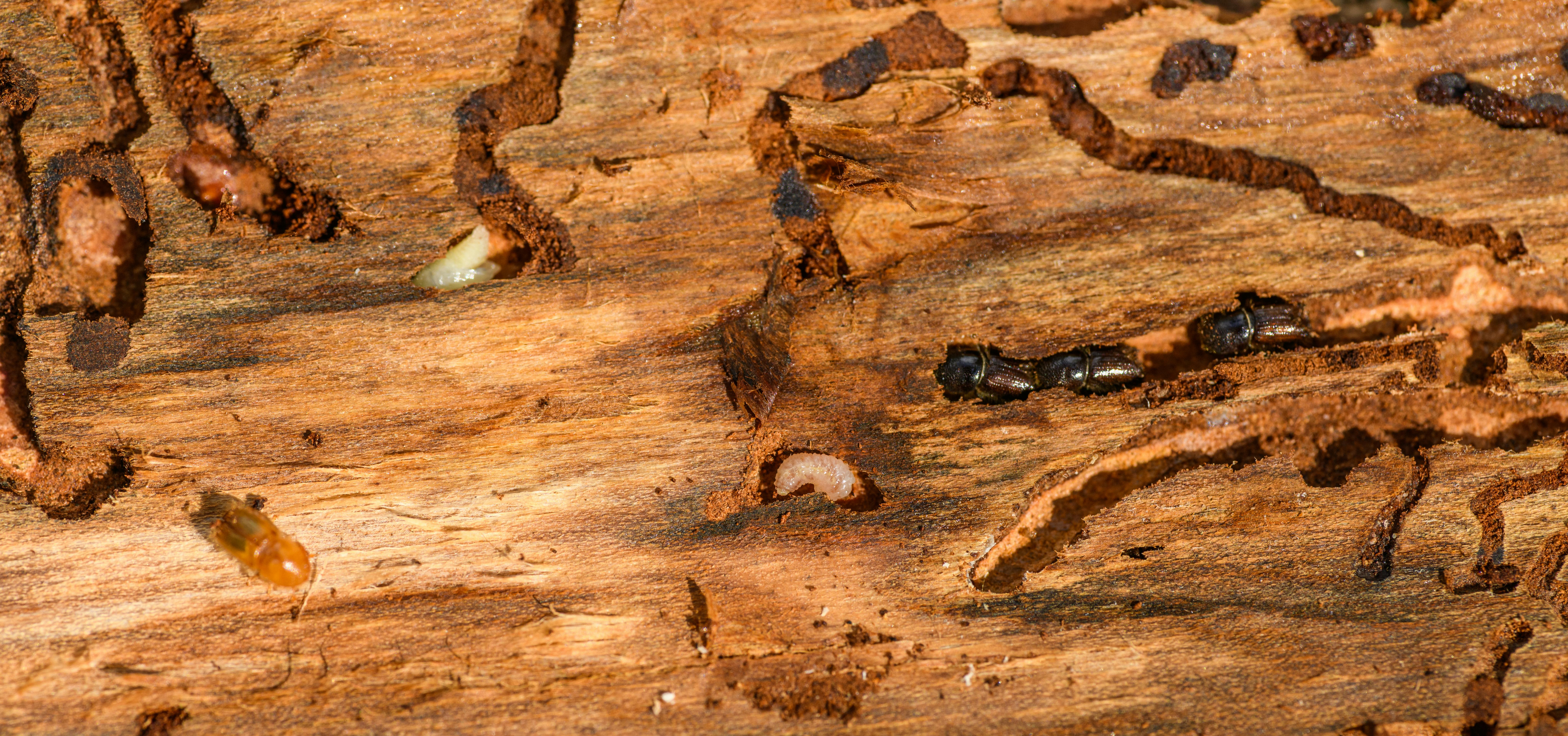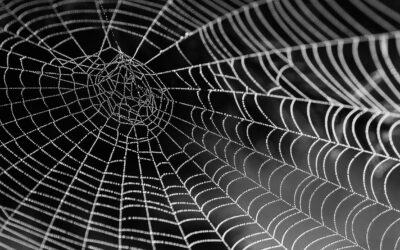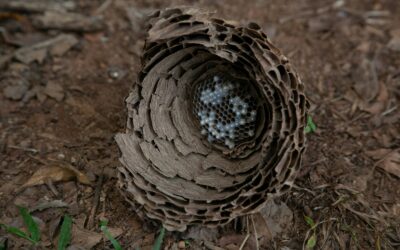
Seasonal Changes on Pest Infestations: How to Prepare Your Home Year-Round
Pests don’t take a break, but the types of pests and their activity levels change with the seasons. From ants and termites in the spring to rodents and spiders in the fall, preparing your home for the changing pest behavior throughout the year is crucial. Each season presents its own set of challenges, and understanding how seasonal changes impact pest infestations can help you stay ahead of potential problems. This blog will provide you with essential steps to prepare your home for year-round pest control, ensuring you’re always one step ahead.
Spring: Awakening Pests and Increased Activity
Spring is a season of rebirth for plants – and for pests. Warmer weather and increased moisture from spring rains create the perfect conditions for pests like ants, termites, and other insects to become more active. It’s important to be proactive during this time.
Start by inspecting your home for any cracks or gaps in the foundation, windows, or doors that pests could use as entry points. Sealing these openings will prevent ants and termites from sneaking inside. Excess moisture is another problem in the spring, as it attracts termites and other pests. Check for leaks in your plumbing and ensure that your home’s draining is functioning properly to avoid standing water around your home.
Spring is also a good time to focus on outdoor maintenance. Trim back any shrubs or trees that touch the house, as these can act as pathways for pests to reach your home.
Summer: Peak Pest Activity
As summer temperatures rise, pest activity hits its peak. Mosquitoes, flies, and wasps become major nuisances, while rodents may continue to seek food and water inside your home. Summer also brings increased outdoor activity, which can lead to pests entering the home more frequently.
To minimize pest problems in the summer, start by scheduling regular pest inspections. This can help catch early signs of infestation before they become severe, especially when it comes to termites or ants. Keep your garbage bins sealed tightly and ensure you clean up food scraps and spills promptly to avoid attracting flies, rodents, and other pests.
For those who like to keep windows and doors open for fresh air, make sure you have proper screens installed. This will allow you to enjoy the breeze without inviting mosquitoes or flies indoors.
Fall: Pests Seeking Warmth and Shelter
As the weather cools in the fall, pests like rodents, spiders, and cockroaches will start looking for warm places to shelter. Your home becomes their ideal refuge during this time, so preventive action is key.
Inspect your home for any gaps or cracks that could allow pests inside. Even small openings can be enough for rodents to squeeze through, so seal these up using caulk or weather stripping. Another good practice is to store firewood at least 20 feet away from the house, as it can serve as a home for spiders and other pests. Additionally, clearing out your gutters during the fall will prevent them from becoming clogged with leaves, which can lead to standing water and attract pests.
Winter: Keeping Pests Out of the Cold
During winter, pests such as rodents and cockroaches seek the warmth and shelter of your home. While their activity levels might not be as visible as in the warmer months, this is when they are most likely to settle inside your home.
To prevent this, seal any remaining cracks or holes in the walls, foundation, or roof of your home. Even small gaps can let pests in, so a thorough inspection is essential. In the kitchen, make sure food is stored in airtight containers to reduce the chances of attracting hungry rodents. Additionally, decluttering areas like attics and basements will make your home less attractive to pests looking for cozy hiding spots.
Year-Round Strategies for Pest Prevention
While each season brings its own pest challenges, there are steps you can take throughout the year to ensure your home remains pest-free. Regular pest inspections are crucial for identifying early signs of infestations. By having a professional inspect your home, you can catch potential issues before they become serious.
Maintaining a dry environment inside and outside your home is also key. Pests thrive in humid environments, so consider using dehumidifiers in areas like the basement. Keeping your yard well-maintained year-round by trimming grass, removing debris, and ensuring proper drainage will help prevent pests from making their way indoors.
Protect Your Home from Pests Year-Round
Understanding how seasonal changes affect pest activity can help you take the necessary steps to protect your home throughout the year. Each season brings unique challenges, but with proper maintenance, inspections, and preparation, you can keep pests at bay no matter the weather.
For professional assistance, West Termite & Pest offers pest control, termite control, and lawn care services across Arkansas and Oklahoma. We provide free consultations to help you identify and address pest problems before they escalate. Contact us today to keep your home pest-free, year-round.
Call your local West Termite location or fill out the form
on our contact page to schedule your inspection today!
More posts from West Termite, Pest & Lawn
The Hidden Dangers of Termites
Termites may be small, but the damage they cause can be devastating. These silent destroyers can wreak havoc on your home or business, often without any visible signs until it’s too late. Understanding the hidden dangers of termites is crucial for protecting your...
Spiders as Pest Control
Spiders are often seen as unwelcome guests in homes, but did you know they can actually serve as a natural form of pest control? These eight-legged creatures play a crucial role in keeping the population of other pests in check, such as flies, mosquitoes, and even...
Most Dangerous Wasps
Wasps can be more than just a nuisance; some species are downright dangerous due to their aggressive nature, potent venom, and painful stings. Among the most dangerous are the Asian giant hornet, the paper wasp, and the yellow jacket. These wasps not only pose a risk...



